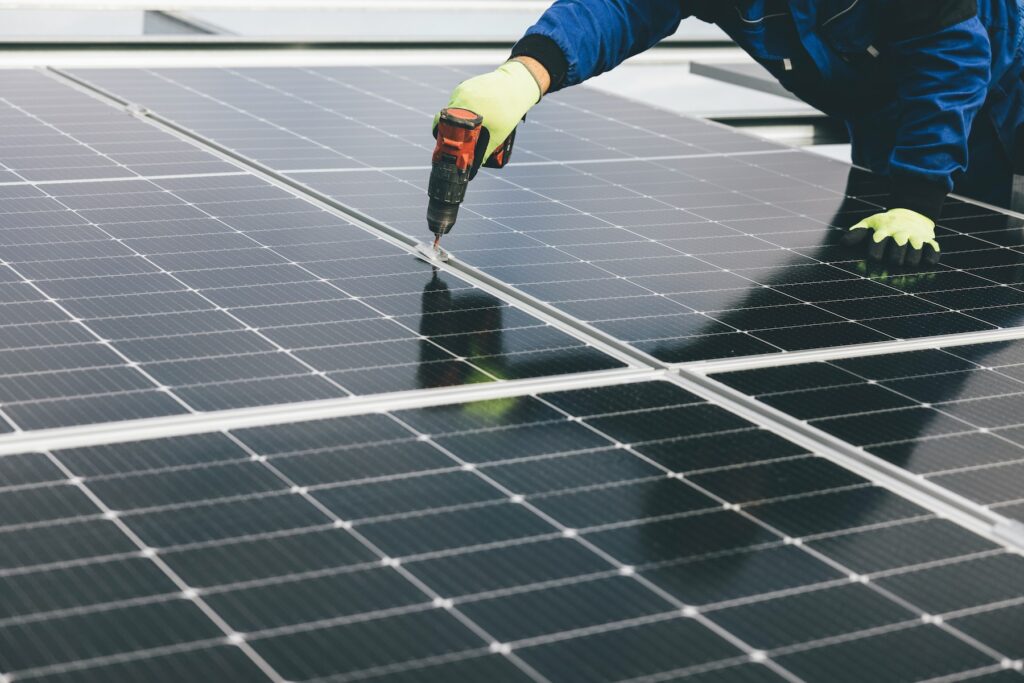Sustainable construction offers environmental, economic, and social benefits not only to homeowners but also to property developers.
Shell Singapore partners with BillionBricks and Green Antz Builders, Inc. to bring eco-friendly housing solutions to Barangay Macabalan, Cagayan De Oro, Philippines.
Sustainable construction is gaining ground as more homebuyers opt for healthy living spaces that benefit the environment.
Research released by Singapore’s Building and Construction Authority (BCA) in 2017 says nine out of ten homeowners agree that green building design has benefits.
Studies carried out in other parts of the world also hint that clients favor green buildings, including the 2022 report by the National Association of REALTORS® in the United States. The survey says 63% of realtors expressed that energy efficiency promotion in listings was very or somewhat valuable.
But what exactly are the benefits of sustainable construction, and why should property developers adopt it if they haven’t already done so? Read on to find out.
1. Carbon Footprint Reduction
It can’t be denied – the construction industry often isn’t the first sector that comes to mind when discussing sustainability.
After all, traditional construction projects produce massive carbon emissions and consume vast amounts of natural resources and raw materials. In fact, the building and construction sector accounts for about 40% of all energy-related CO2 emissions, and it’s worsening.
The 2022 Global Status Report for Buildings and Construction by the United Nations Environment Programme (UNEP) says CO2 emissions from building operations have reached an all-time high.
Sadly, the construction sector is not on track to achieve its target decarbonization by 2050. With a louder appeal for green buildings, homebuyers are leaning toward eco-friendly construction whenever possible.
2. Cost-Effectiveness
A home that helps pay for itself – sounds good? That may be the best way to describe a house built with green building architecture techniques.
As most environmentally-friendly buildings harvest renewable energy and reduce water use, owners will spend less on operating expenses. In fact, the World Green Building Trends 2018 says the median five-year cost savings for green buildings are 14%.
Let’s take a green home with a solar roof as an example. The panels can harvest free power from the sun for household use. And if there’s excess power, buyback programs allow owners to export the surplus to the local grid or third-party buyers.
Because of reduced operation costs, owners can retrieve the upfront expense exponentially over time. Here at BillionBricks, for instance, we offer an innovative business model that benefits homeowners and Mother Nature while generating market returns.
Aside from cost savings, green homes also offer increased asset value. Around one-third of owners said they see an asset value growth of 10% or greater for green homes.
3. Waste Reduction
The Environmental Protection Agency says the U.S. produced 600 million tons of Construction and Demolition (C&D) materials in 2018. That’s 100 times the weight of the Great Pyramid, and that’s just one country!
C&D materials include concrete, wood, asphalt, metals, bricks, glass, and plastics – just about anything you’ll find in a building.
American Institute of Architects former president Carl Elefante once said that the greenest building is the one that already exists. However, salvaging an existing structure isn’t always possible. That said, the next best thing is to reduce C&D materials in new projects.
Green building strategies minimize waste and use fewer resources. Best practices include limiting materials used and choosing recycled and sustainable materials when feasible. Waste management at the construction site, which provides for segregation and recycling, can also play a crucial role.
4. Promotion of Healthier Living
Have you ever been in a green building and instantly felt like you could breathe better?
No, it’s not just your imagination. A study found green buildings may positively impact public health because of better indoor environmental quality (IEQ). IEQ is affected by factors like indoor air quality, temperature, ventilation, lighting, ergonomic design, and more. The research says improved IEQ helped reduce asthma, respiratory allergies, depression, and stress among respondents.
Another survey released by the U.S. Green Building Council (USGBC) in 2018 also states that workers in green buildings are happier, healthier, and more productive. The study compared survey results from employees in Leadership in Energy and Environmental Design (LEED) rated buildings against those in standard buildings.
The Bottom Line
Given the benefits above, it’s easy to see why there’s a big demand for sustainable construction and green buildings. Buyers don’t need to be hardcore eco-warriors to like the idea; the financial and health advantages are more than enough to draw them in.
That said, these benefits also translate to advantages for real estate developers. For instance, the higher market value of green homes can lead to higher profits.
Furthermore, sustainable construction practices allow firms to differentiate themselves in a cutthroat real estate market. By incorporating sustainable features into their projects, they can create unique selling points that attract clients looking for eco-friendly spaces.
Most importantly, green buildings help real estate developers contribute to a more sustainable future by reducing the negative impact of construction on the environment.
As a climate-tech venture creating the world’s first carbon-negative solar home community, we at BillionBricks, know how crucial it is to innovate the construction industry for the next generation. We believe that homes should not only offer shelter, security, and dignity but also inspire people to believe in a sustainable future.
Want to know more about sustainable construction and building net-zero homes? Get in touch with us at hello@billionbricks.org.
References:
Long M. Employees are Happier, Healthier, and More Productive in LEED Green Buildings. USGBC; 2018.
Singh A, Syal M, Grady S, et. al. Effects of Green Buildings on Employee Health and Productivity. American Journal of Public Health; 2010
United Nations Environment Programme. 2022 Global Status Report for Buildings and Construction. 2022.
Wong R, Kaul A, Wei X. Perception towards Green Buildings in Singapore. Frost & Sullivan; 2017.
Yun L, Lautz J, Dunn M, et. al. 2022 REALTORS® & Sustainability Report – Residential. National Association of REALTORS® Research Group; 2022.








